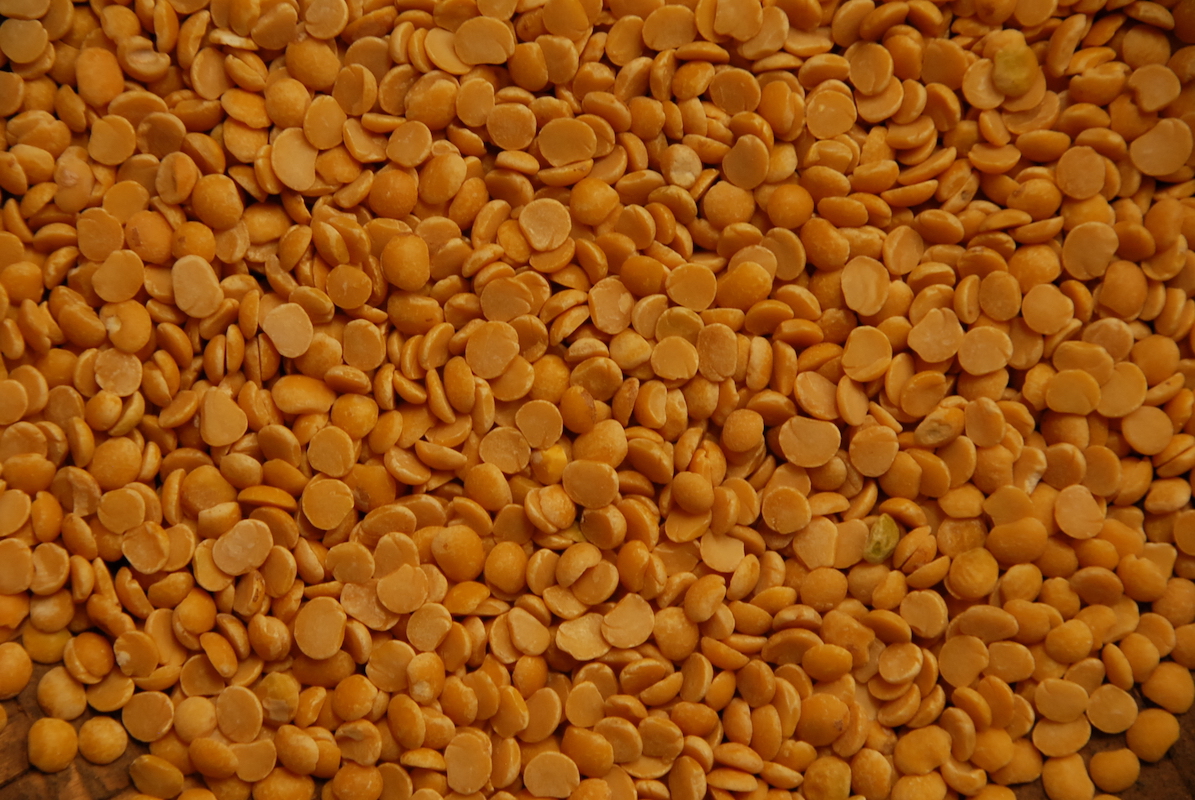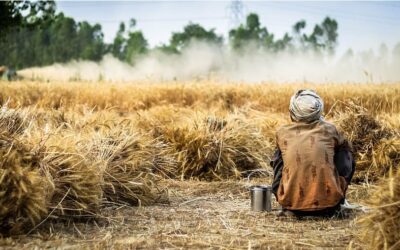Pulses, protein and pricing policy

India is the largest producer, consumer and importer of pulses in the world today. Pulses assume a socio-economic dimension in India, as perhaps nowhere else in the world, as they are a dominant source of protein and therefore an essential part of the vegetarian Indian diet of 400 million people. However, since pulses are not affordable for all, they are called “the poor man’s meat” and consumed sparingly among the poorest segments of both rural and urban India. An astounding 80% of India’s population suffers from protein deficiency.
The daily protein requirement of an average person is 56 grams, and 100 grams of pulses contain 25 grams of protein, twice the protein available in wheat and thrice of that in rice. However, ever since the green revolution, pulses have been sidelined in favour of paddy and wheat. At least half of the daily requirement of protein can be met by including two servings of pulses in the daily diet. But this does not happen for close to 300 million people. According to the World Health Organisation, pulses are the most effective way of battling protein malnourishment.
Pulses are grown in India in all three farming seasons – kharif (July-October during the south-west monsoon), rabi (October-March), and summer (March and June). Amongst others, the major pulses produced are chickpea and pigeon pea, which account for 35% and 16% respectively of the total area under pulse cultivation, amounting to 23.47 million hectares. In the 2018-19 season, the total production of pulses was estimated at 24 million tonnes, higher than the previous five years’ average production by over three million tonnes.
Despite obvious growth in quantity, this figure is unlikely to reach the 30 million tonne mark, necessary for self-sufficiency in pulses, as little further expansion in acreage and yield is possible.
To meet this gap in demand, India has traditionally imported pulses from Australia, Canada, Myanmar, Tanzania, Russia, Ukraine, Brazil, Malawi, Mozambique, USA, and China. In 2016, in the wake of soaring pulse prices in the domestic market, India signed an MoU to double pulses imports — mostly pigeon pea from Mozambique over a five-year period. Last month, the damage of pulse crops in western and central India caused prices to skyrocket to the point where it approached the government’s minimum support price (MSP). The MSP for pigeon pea (arhar) increased from Rs.2300 per quintal in 2009-10 to Rs.5,800 per quintal in 2019-20. Similarly, the MSP for gram increased from Rs.1760 in 2009-10 to Rs.4,875 in 2019-20.
In the last few years, government interventions in agriculture have extended to price policy by employing tariffs as well as more direct measurers of control on trade, such as bans, quotas and minimum import prices. In the domestic market, these measures included state subsidies and government procurement. Wide variation in foreign exchange rates compounded the situation. Importers work with a fluctuating exchange rate and a varying mark-up over marginal cost. The analysis of the asymmetric effects of exchange rates through an interaction dummy showed that for the majority of products, the appreciation of the Indian rupee against the partner country had greater impact than the depreciation.
There is an urgent need to change the current uncertainty prone policy guided by residuary surplus factor for export and supply deficit for import to prevent the upward movement of domestic prices. This policy is controlling pulse prices primarily by domestic demand and supply conditions and is isolated from the world prices to the great disadvantage of farmers who are not able to export their produce and consumers who have to buy expensive imported material.
The demand for pulses in India is projected to increase to 39 million tonnes by 2040. With rapidly increasing demand, decreasing arable land banks and depleting water and soil resources, we need a long-term, judicious strategy with clear foresight. This would involve a structured supply chain and the incentivising of key trade partners. To avoid a recurrence of the “dal shock” that took place in 2015-16, we must ensure optimum availability of buffer stocks through continued support to bilateral partners such as East African countries.
Side by side, it is imperative that consumption of pulses is strongly encouraged through public nutrition campaigns geared at tackling chronic malnutrition. Pulses should be made accessible and affordable, and the market needs to be resilient to support this revolution.
Continue Reading
World Environment Day – Revisiting “Only One Earth”
Climate change is real. It affects developing nations disproportionately as compared to developed nations. Developing nations should not wait for help to do good for the environment but work towards ensuring that these challenges are met headlong. They should know that sustainability goals and development is not mutually exclusive.
World Food Crisis – How Africa can be the long-term solution
Africa has abundant resources to be the food factory for the world. This holds true especially for vegetable oil crops such as Sunflower, palm, soybean and rapeseed. Tanzania provides ideal conditions for growing sunflower at scale and supply it’s oil to the major consuming nations such as India.
Earth Day – Rising to the challenge of saving ourselves
We need to find solutions to ensure we can not just stop but reverse climate change. One solution is regenerative agriculture that can not only improve the yields for the farmers, but also reduce their carbon footprint.




0 Comments